How to Safely Exercise Your Dog: Tips by Size and Breed

Exercising your dog is more than just a fun activity—it’s essential for their health and happiness. But not all dogs need the same type of exercise. A Chihuahua and a German Shepherd aren’t built for identical routines; pushing a dog too hard can lead to injuries. Knowing how size, breed, and personality influence their exercise needs helps keep your pup safe while meeting their energy levels. Whether you’ve got a speedy Border Collie or a laid-back Basset Hound, the right approach keeps tails wagging and paws healthy.
Understanding Your Dog’s Needs
Understanding your dog’s exercise needs sets the foundation for a healthy, happy life. Each dog has requirements based on age, size, energy levels, and breed characteristics. Let’s break down how these variables impact your pup’s needs.
Factors Influencing Exercise Requirements
There’s no one-size-fits-all regarding how much or what type of exercise your dog needs. Different factors come into play, shaping what works best for your furry friend:
- Age: Puppies and young dogs have lots of energy but also need breaks since their growing bones are delicate. Seniors may prefer slow-paced walks or gentle play to prevent overexertion while staying active.
- Weight: Overweight dogs might need controlled, low-impact exercises like swimming to protect their joints while burning calories.
- Health Conditions: Dogs with arthritis or heart conditions require customized routines. Always consult with a vet to ensure exercise plans consider their medical needs.
- Energy Levels: High-energy breeds, like Australian Shepherds, thrive on vigorous activities. Low-energy dogs, like Bulldogs, are better suited for shorter, low-intensity sessions.
Remembering these points ensures you’re addressing their physical and emotional well-being.
Table of Contents
Breed-Specific Exercise Needs
Your dog’s breed plays a massive role in determining their energy and exercise requirements. Knowing the characteristics of their breed can help you create an effective routine:
- Working Breeds: Dogs like Huskies and Boxers were bred for endurance and complex tasks. They excel in activities like running, hiking, or agility training.
- Herding Breeds: Border Collies and Australian Shepherds need mental stimulation and physical activity. Games like frisbee or herding-style activities work great.
- Toy Breeds: While small, dogs like Chihuahuas and Pugs still need exercise! Short walks or playful indoor games work well for their compact size.
- Brachycephalic Breeds: Short-nosed breeds, like Bulldogs, need caution with high-intensity activities due to breathing challenges. Opt for brief, moderate exercise sessions.
Knowing these breed-specific tendencies makes it easier to meet their needs without overdoing them.
Check out this breed-specific exercise guide for more details on what keeps your dog’s tail wagging.
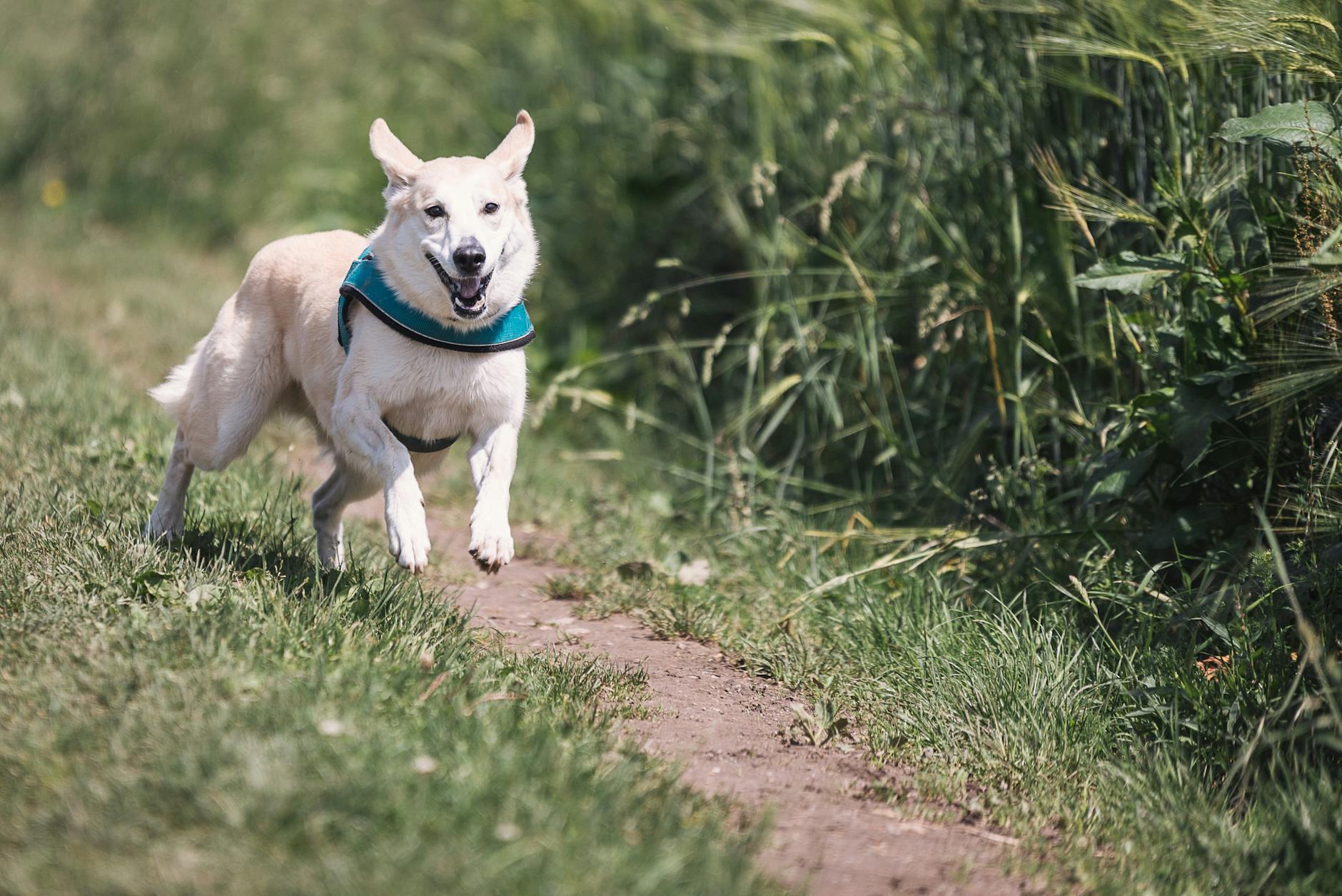
Photo by Pixabay
By keeping their unique breed traits and requirements in mind, you’re providing exercise and enriching their life.
Safe Exercise Guidelines for Small Dogs
Small dogs may be tiny, but their exercise needs are as important as their larger counterparts. Their compact frames and lower energy reserves require a thoughtful approach to keep them active and injury-free. Tailoring activities to their unique capabilities ensures their health and happiness while minimizing risks.
Ideal Exercises for Small Breeds
Smaller breeds, such as Chihuahuas, Dachshunds, and Pomeranians, thrive on activities that match their petite build and energy levels. These activities promote physical health while also nurturing emotional well-being.
- Indoor Play Sessions: Small dogs excel in organized indoor games like fetch or tug-of-war. Using lightweight toys ensures they can safely participate.
- Gentle Walks: Daily walks of about 15 to 30 minutes are ideal. They enjoy exploring, but shorter distances prevent overexertion.
- Agility Training: While these dogs don’t need marathon sprints, they benefit from activities like navigating tunnels or hurdles customized to their size.
- Hide-and-Seek: This game works both their bodies and brains. Hide a small toy or treat for them to find, encouraging problem-solving.
For more tips on perfecting an exercise routine for small breeds, check out Fit and Fabulous: How to Exercise Your Small Dog.

Photo by Kaboompics.com
Avoiding Injury in Small Dogs
Small dogs are prone to specific injuries due to their delicate skeletal structure. Keeping them safe during exercise is key to their overall health.
- Avoid Overexertion: Their small bodies tire quickly. Watch for signs like heavy panting or wanting to stop. Quality is more important than quantity.
- Mind the Surfaces: Hard or slippery surfaces can strain their joints. Opt for grass, carpet, or rubber mats to reduce risks.
- Protect Against Predators: In open outdoor areas, they can be vulnerable to birds of prey or larger dogs. Supervise them closely during walks or outdoor play.
- Gear Up: Use appropriate harnesses instead of collars to avoid pressure on their delicate necks. This is especially important during leash training or long walks.
For a comprehensive look at how to prevent injuries in small breeds, explore Small Dog Exercise Tips.
Focusing on safe, enjoyable activities ensures your small dog stays fit, healthy, and happy.
Safe Exercise Guidelines for Medium Dogs
Medium-sized dogs strike a balance between high-energy activities and manageable routines. Their athleticism and adaptability make them suitable for various exercises, but safety and moderation are key to keeping them healthy and happy.
Best Practices for Medium Breeds
Medium dogs, such as Border Collies, Beagles, and Cocker Spaniels, thrive in activities that combine physical and mental stimulation. Here are some safe and effective exercise ideas for them:
- Jogging Sessions: Many medium breeds enjoy running alongside their owners. Jogging provides cardio and strengthens their muscles. Keep a moderate pace and pause for water breaks when your dog shows signs of tiring.
- Fetch with a Twist: Classic fetch games can be supercharged to engage their problem-solving skills. Try throwing the ball uphill to give them an extra challenge, or use a ball launcher for longer distances.
- Moderate Training Drills: Agility or obedience training keeps them sharp. Incorporating jumps, tunnels, and other obstacles excites their instincts to move and think. Start slow and gradually increase intensity over time.
Remember to continuously monitor for signs of overexertion, such as excessive panting or reluctance to continue. Medium dogs are generally sturdy, but pacing their exercise prevents unnecessary strain.
For more tips on creating an exercise routine that works for medium-sized dogs, explore The Dog Exercise Guide.
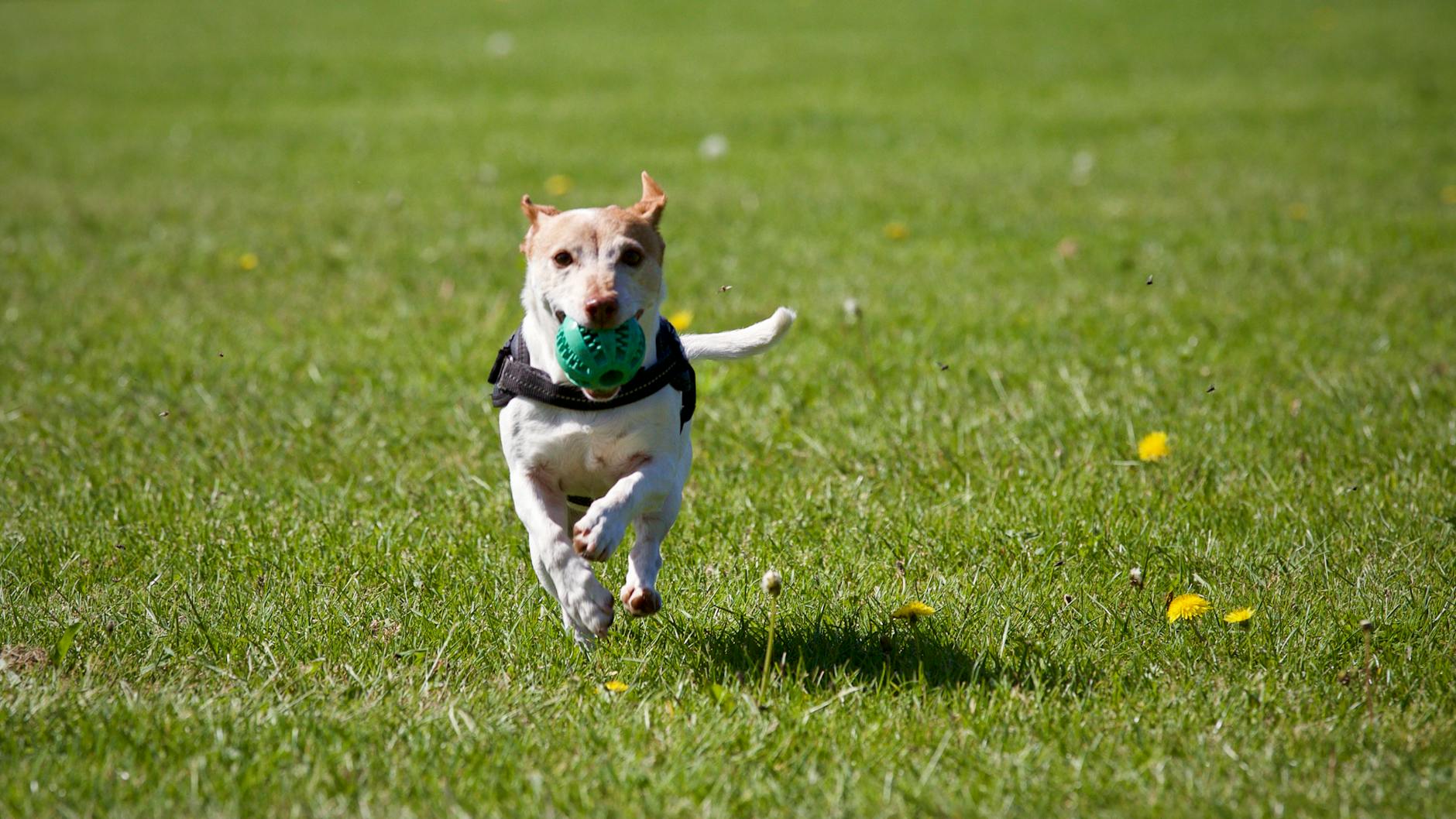
Photo by Matthias Zomer
Socialization and Playtime
For medium dogs, social interaction is vital for their mental and emotional well-being. Activities that include other dogs or people build their confidence and train good behavior.
- Dog Parks: Frequenting local dog parks provides exercise and opportunities for your dog to socialize with dogs of varying sizes and temperaments. Always supervise interactions to ensure a safe experience.
- Group Walks: Joining a group of dog owners for a neighborhood walk is a fun way to combine bonding and physical activity. It helps reinforce leash manners in unpredictable settings.
- Tug-of-War and Cooperative Games: Playing tug-of-war or other games with friends’ dogs can foster cooperative play habits. Use durable, breed-appropriate toys to avoid accidents.
Socialization during exercise reduces behavioral problems like anxiety and aggression while encouraging a well-rounded personality. Need more ideas? Check out 11 Simple & Fun Exercises to Keep Your Dog Fit.
Medium dogs can maintain physical strength and emotional balance by focusing on play and social engagement.
Safe Exercise Guidelines for Large Dogs
Exercise for large dogs requires a mindful approach to ensure their health and avoid strain on their joints. These gentle giants may seem less energetic, but they thrive on activities tailored to their physical and mental needs.
Optimal Exercises for Large Breeds
Large breeds, such as Golden Retrievers, Great Danes, or German Shepherds, need low-impact exercises to match their size and protect their bodies.
- Long Walks: Regular, steady-paced walks help maintain muscle tone and prevent obesity. Aim for 30-45 minute sessions, adjusting based on their fitness level.
- Swimming: This is a perfect low-impact exercise that strengthens muscles while being easy on joints. Let your dog splash and paddle under supervision if you live near a lake. No access to water? Check if your local pet center offers hydrotherapy pools for dogs.
- Hiking: For adventurous pups, hiking offers full-body engagement while stimulating their senses. Stick to moderate trails; always bring plenty of water and snacks for breaks.
- Fetch in Open Areas: Tossing a ball or frisbee in a secure, grassy spot allows them to run while avoiding hard surfaces.
Explore Exercise Tips for Large Dogs for more ideas on safely exercising your large breed dog.

Photo by Impact Dog Crates
Managing Energy Levels
Large breeds vary when it comes to energy. Some are mellow, while others, like Dobermans or Huskies, have high energy that needs managing.
- Structured Playtime: Incorporate games like tug-of-war or obstacle courses in your backyard. It keeps their minds sharp and bodies active without excessive stress.
- Mental Stimulation: Use puzzle toys or scent games to tire out their brains as much as their bodies. Reward your dog for solving challenges to keep it engaging.
- Consistency: Stick to a daily routine. Predictability keeps them at ease through walks, runs, or games.
- Breaks: Always include rest periods. Even a quick game of fetch can be draining for large-sized dogs.
High-energy breeds benefit from tailored routines. Check out 10 Ways to Exercise Your Large Breed Dog for more inspiration.
Keeping large dogs healthy involves balancing physical activity with rest and maintaining joint-friendly practices. With the right strategies, they’ll be happy, fit, and ready for the next adventure.
Special Considerations for Senior Dogs
When exercising senior dogs, their needs are unique and often more delicate. As dogs age, they may experience joint stiffness, reduced energy levels, or underlying health issues. Tailoring exercise routines to accommodate these factors ensures your older companion stays active and happy without overexertion.
Gentle Exercise Options for Seniors
Older dogs benefit from low-impact activities that keep them moving without straining their aging bodies. These options are particularly effective for maintaining their mobility and mental health:
- Short Walks: A stroll of 10-20 minutes can be perfect for senior dogs. Focus on flat, even surfaces that are easy on their joints.
- Swimming: If accessible, swimming provides an excellent, joint-friendly activity. It’s handy for dogs struggling with arthritis.
- Interactive Play: Use soft, lightweight toys for playtime. Simple games like rolling a ball or tugging can keep them mentally stimulated.
- Gentle Stretching: Incorporate light stretches or guided movements to maintain flexibility. These can mimic the benefits of yoga for aging humans.
Consistency is key, but rest days are okay when your older dog seems less energetic. For more tips on keeping your senior dog active, check out The Do’s and Don’ts of Exercise for Aging Pets by WagWalking.
Monitoring Health During Exercise
Exercising senior dogs requires close attention to their comfort and well-being. How do you know when their limits are reached? Keep an eye on these signs:
- Fatigue: Watch for heavy panting, limping, or reluctance to continue the activity. If you notice these, stop immediately and let them rest.
- Temperature Sensitivity: Older dogs are more sensitive to heat and cold. Exercise in mild weather and avoid extreme conditions.
- Mobility Changes: If your dog suddenly appears stiff, struggles to get up, or hesitates on walks, consult your veterinarian.
- Hydration: Always provide water breaks during exercise. Dehydration can exacerbate existing health issues.
Adapting their routine is just as important. For instance, shorten walks or skip high-energy activities if they seem tired. Learn more about maintaining senior dogs’ health during exercise with Exercising Senior Dogs by AKC.
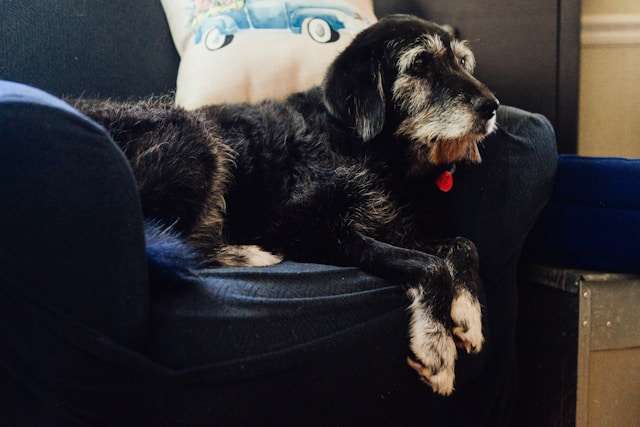
Photo by RDNE Stock project
Understanding your senior dog’s limitations and capabilities ensures they stay active and comfortable in their golden years.
Tailoring Exercise for Your Dog’s Safety and Well-Being
Exercise is crucial for every dog, but it needs to be safe and suited to their specific needs. You create a routine supporting physical and mental health by customizing activities based on size, breed, and individual characteristics. Avoiding a “one-size-fits-all” approach is essential to keeping your furry friend injury-free and happy.
Why Tailored Exercise Matters
Not all dogs are built the same, and their exercise routines shouldn’t be either. A customized plan helps in:
- Preventing Health Issues: Proper exercise lowers the risk of obesity and joint problems.
- Managing Energy Levels: High-energy breeds need more activity, while calmer ones do better with short, gentle routines.
- Enhancing Longevity: A routine suited to your dog reduces wear and tear on their body over time.
For more insights on crafting a plan that fits your dog’s needs, check out Tailoring Exercise to Your Dog’s Needs.
Key Safety Tips for All Dogs
No matter your dog’s size or breed, keep these safety tips in mind:
- Start Gradually: Ease into new routines, mainly if your dog isn’t used to regular exercise.
- Monitor Their Behavior: Pay attention to signs of fatigue or discomfort, like heavy panting or limping.
- Choose Appropriate Surfaces: Stick to grass, sand, or dirt trails to minimize joint impact.
- Weather Matters: Avoid exercising in extreme heat or cold.
- Hydration Is Key: Always bring water, especially for extended outdoor activities.
Learn more ways to safely exercise your dog with this guide on Dog Walking Safety Tips.

Photo by Gustavo Fring
Tailoring your dog’s exercise plan ensures a safe, enjoyable experience for both of you. Remember, a happy dog is an active, well-looked-after one!


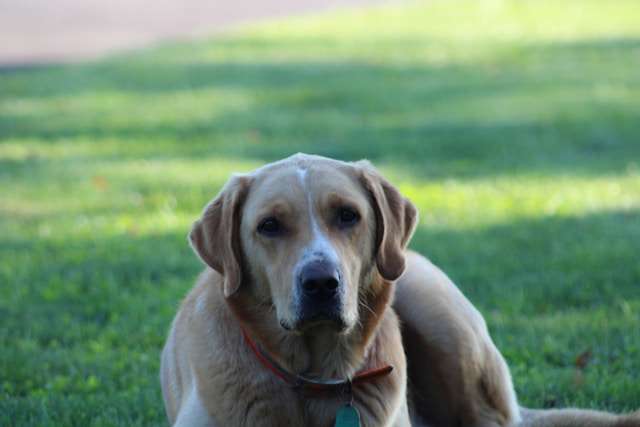
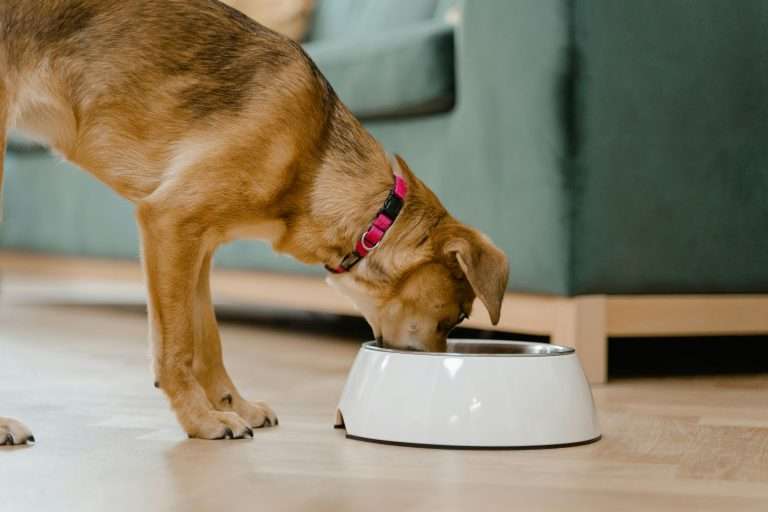
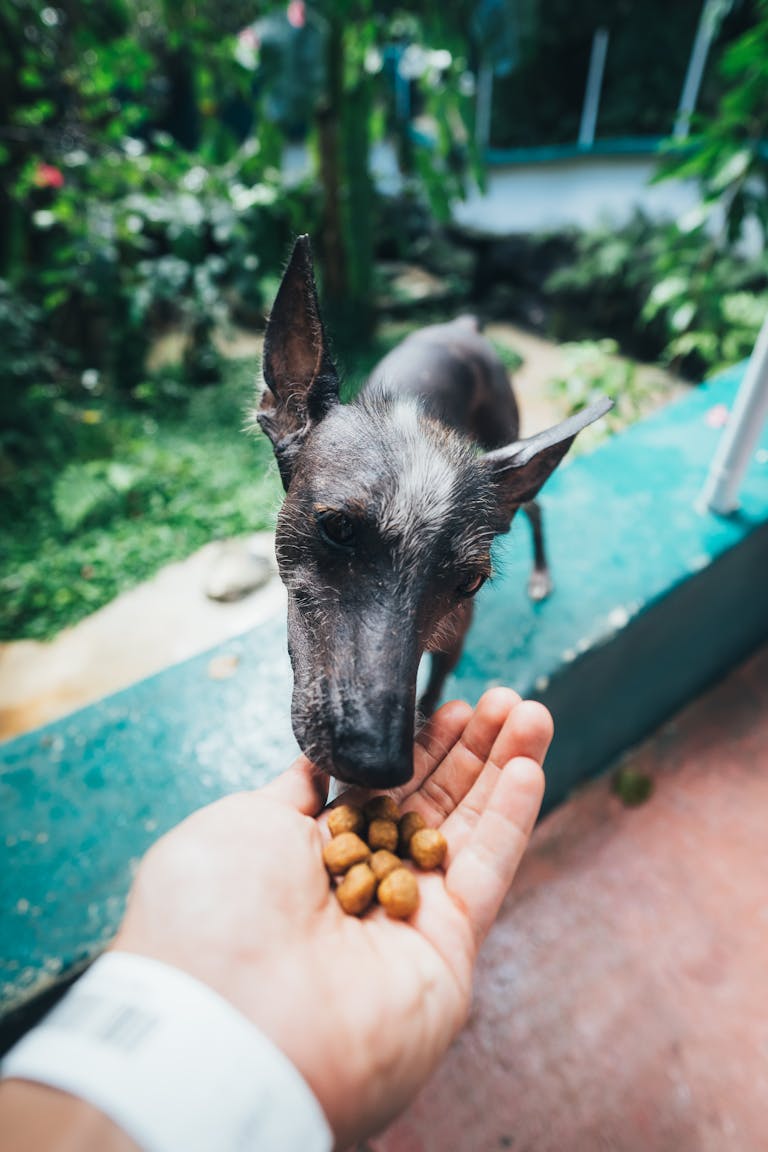


Thanks for sharing. I read many of your blog posts, cool, your blog is very good.